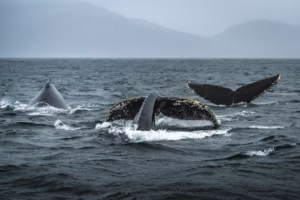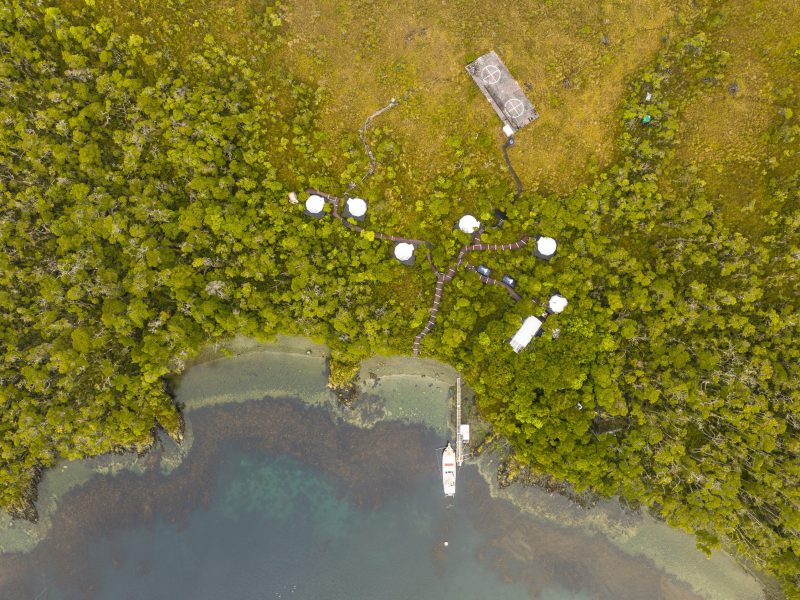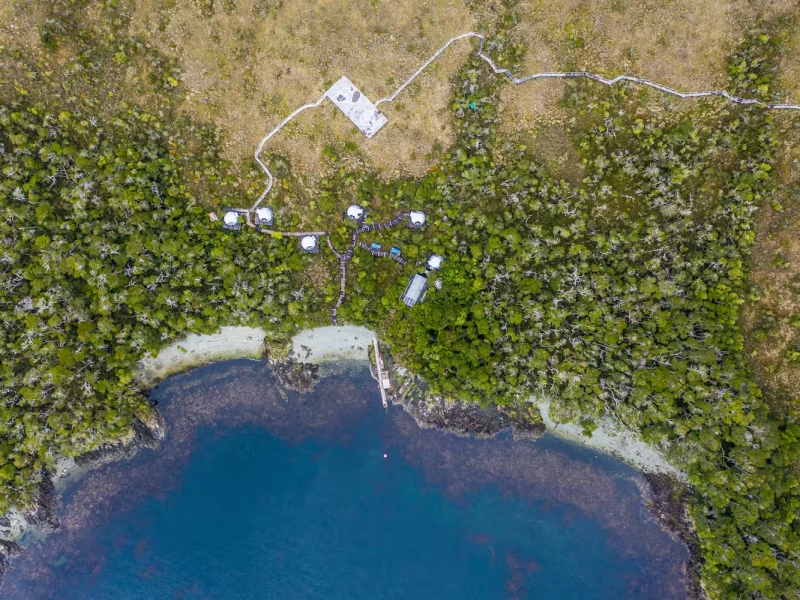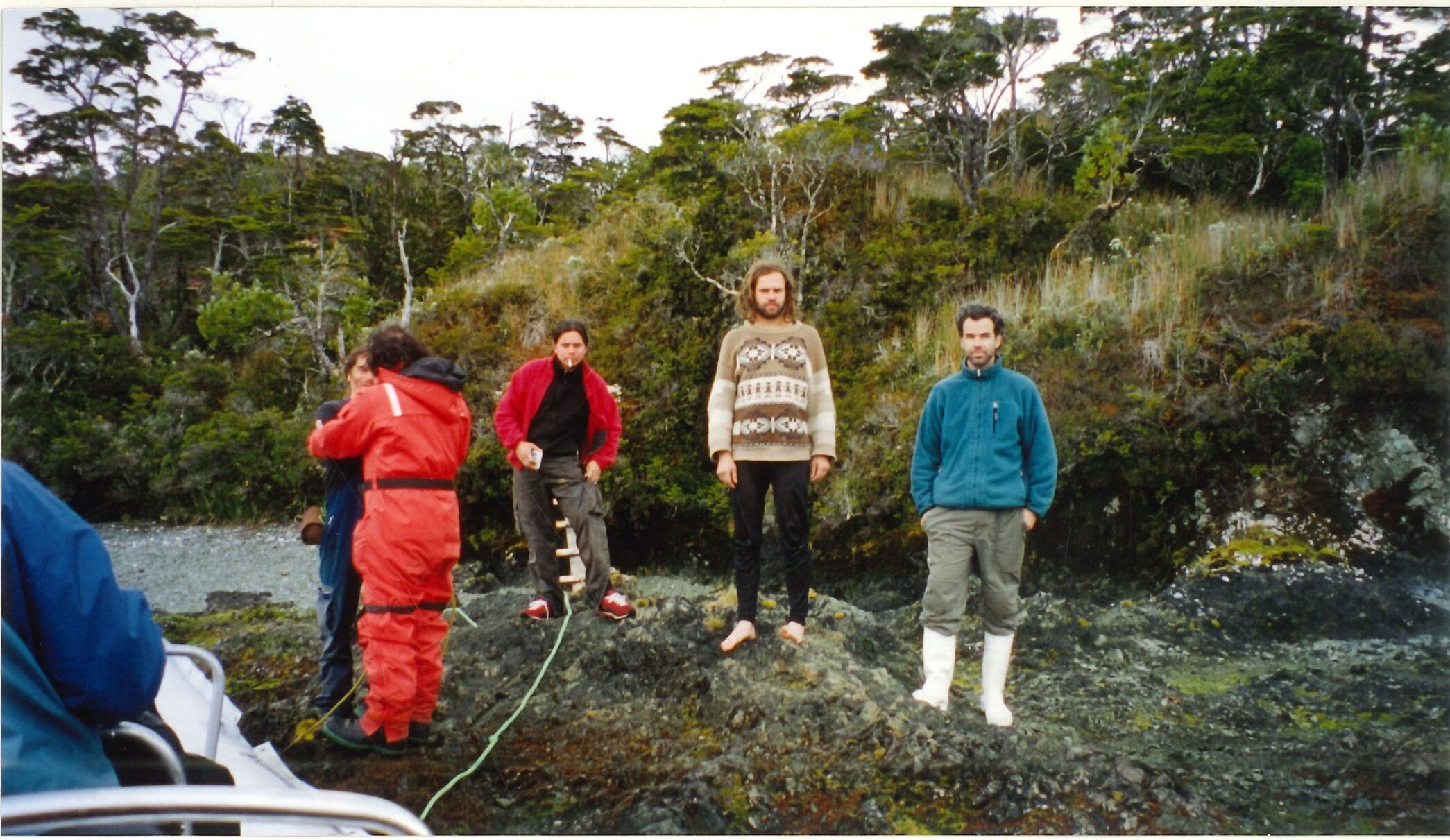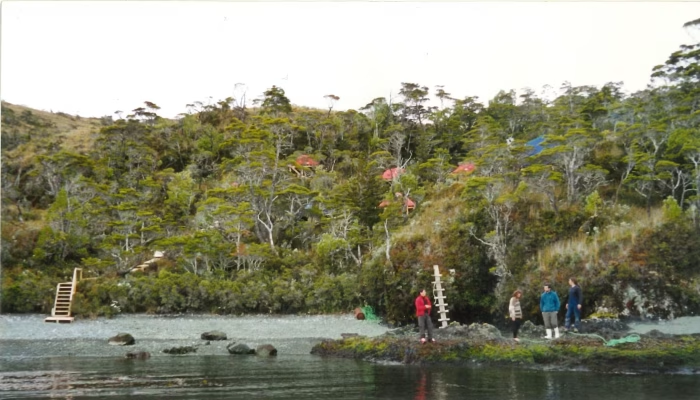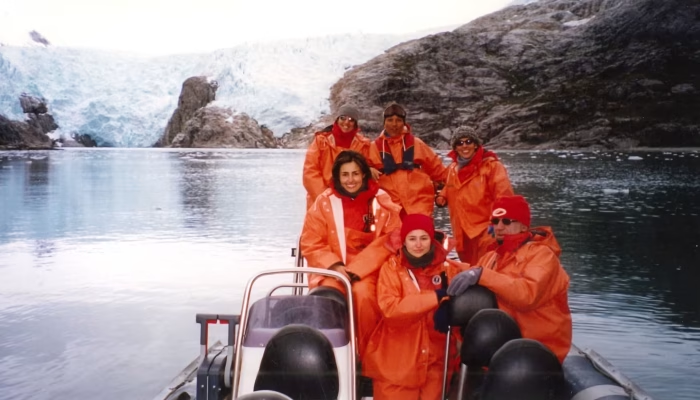An international strategy to protect the humpback whale of the Southeast Pacific
- Published: 2007
- Main authors: F. Félix, C. Guzmán, L. Flórez-González, J. Gibbons and collaborators
- Download the full study here
Study summary
This collaborative report brings together the work of specialists from across South America to present a comprehensive strategy to protect the humpback whale (Megaptera novaeangliae) on their migratory routes between Ecuador, Colombia, Panama, Peru and Chile.
Main objective:
Promote the effective conservation of the Southeast Pacific humpback whale stock, known as stock G, which migrates between tropical breeding areas and feeding areas in subantarctic waters such as the Strait of Magellan.
Why a regional strategy?
These whales They know no borders: They are born in the warm waters of the north and feed in the cold waters of the south.
Conservation requires binational and multilateral coordination between countries that share this migration.
G stock has shown signs of recovery, but still faces threats such as:
– Collisions with vessels.
– Noise pollution.
– Interaction with fisheries.
– Unregulated tourism
Strategic axes of the plan
Habitat protection (breeding and feeding areas)
Coordinated monitoring and photoidentification
Environmental education and community participation
Strengthening regulations and governance
Research and international cooperation
A collaborative effort
This document was endorsed by multiple scientific institutions and conservation organizations, including CIMAR, Yubarta Foundation, Pontifical Catholic University of Chile, CEQUA, among others.

